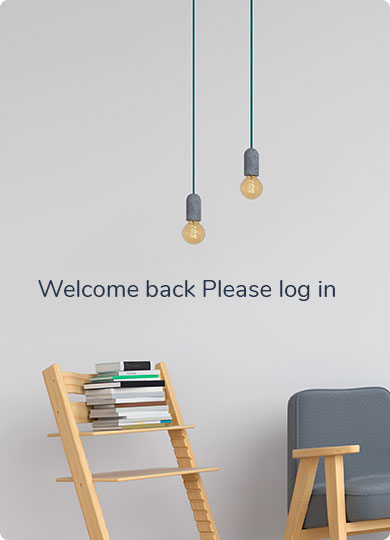Real Estate in Pakistan and Why the Housing Crisis is a Big Deal

Pakistan’s real estate market has been on a hot streak for some time now. In fact, according to recent reports, it seems as though prices have skyrocketed over 5% since last year alone. This is especially true of prime areas such as Karachi; with an average price tag of around Rs. 3 million, this city is currently considered one of the most expensive cities in the world. But just how did we get here? What’s causing this real estate bubble, and why should you care about it at all? Read on to find out!
The Real State Bubble: History and Causes
According to many sources, Pakistan’s housing market was largely driven by the country’s strong economic growth and low inflation rate. However, this may not be entirely accurate – there are other factors that need to be taken into consideration before coming to a conclusion. For example, a large portion of the population lacks access to adequate shelter, which has led to increased demand for cheap housing options. Additionally, the construction industry in Pakistan suffers from chronic shortages in skilled manpower, material supplies and technology. All these factors combined have resulted in a severe shortage of affordable housing units across the country.
And it doesn’t stop there. The lack of proper infrastructure and access to basic amenities also contribute to this problem; with few roads connecting major parts of the city, commuting from one end to another can take hours (if not days). Furthermore, electricity supply is inconsistent, resulting in frequent power cuts. This leads to significant delays in completing projects or even starting them altogether. As you can imagine, this lack of development has played a huge role in fuelling the real estate boom in Pakistan.
To make matters worse, the government’s focus on attracting foreign investment and building a tourist-friendly image has had a negative effect on the local economy. With the majority of the urban population being unemployed, they’ve turned their attention towards the real estate sector instead; unfortunately, this often means that they’re forced to buy properties outside of their budget.
What Does This Mean for You?
It’s important to understand just how big of a problem this actually is. For starters, it’s estimated that over 50% of the total population owns less than 10 square feet of space, making it extremely difficult to own property without a large amount of money. On top of that, the average monthly income of a household in Pakistan stands at only $200 per month. That means that buying a house in Karachi would require nearly all of their annual income – something that simply isn’t possible for most people.
In short: the situation is dire, but there’s still hope for the future. If the government takes action and implements policies that encourage better planning and infrastructure development, we could see a significant improvement in the quality of living standards throughout the country. The key is to create a more transparent system where everyone benefits equally, no matter what their standing in society is.
For now, though, the best thing you can do is keep up with the news. Stay informed about any changes that might affect the real estate market in your area. And if you’re looking to invest in housing, stay away from areas that are prone to flooding and landslides – they’re almost always a bad idea.





